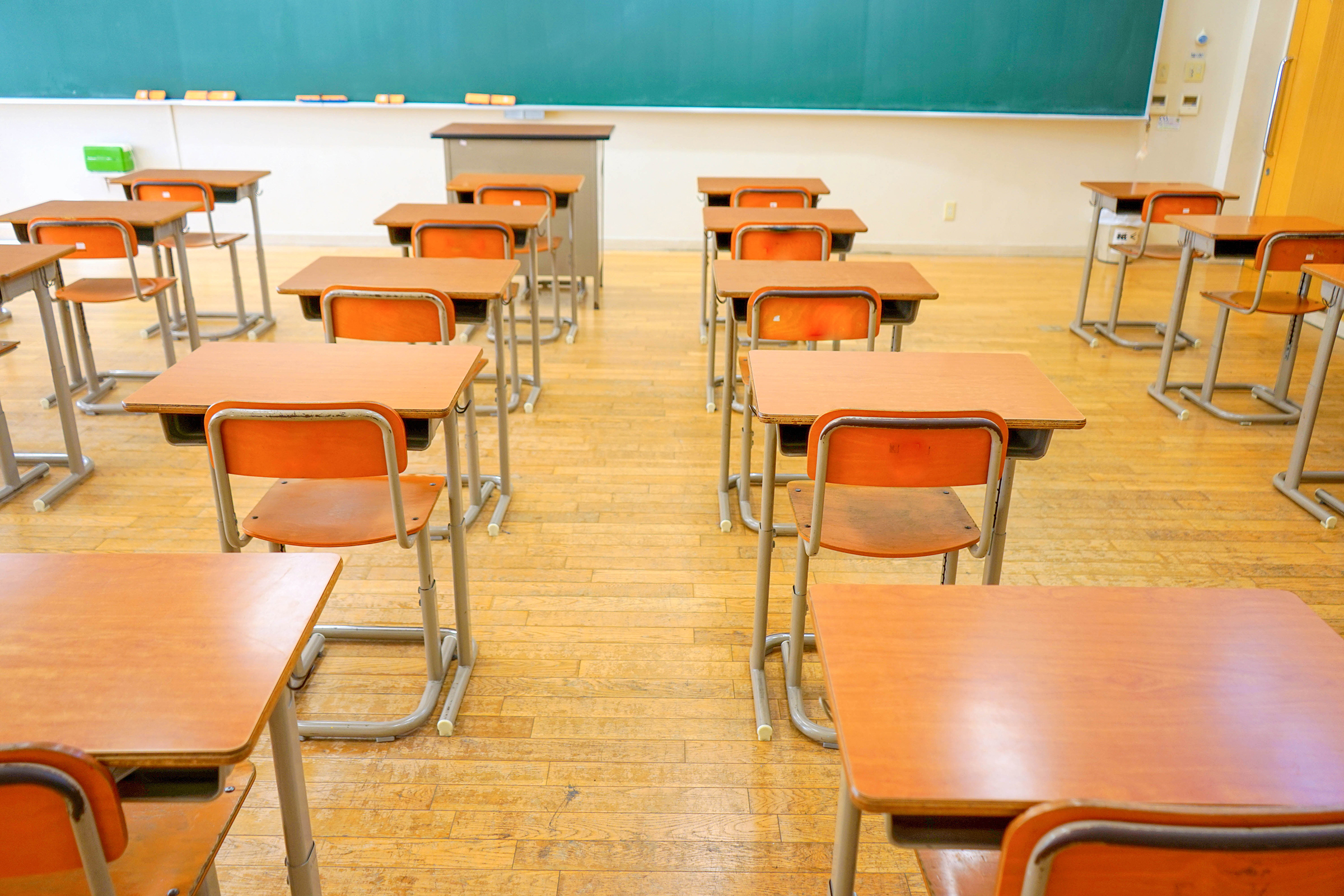Last week’s news on the college-going rate for high school seniors from the Class of 2021 in West Virginia didn’t surprise Donna Talerico, the deputy superintendent of Monongalia County schools.
It does, however, make her want to work harder for the Class of 2022, as it readies to go forth this spring.
“The pandemic changed everything,” she said.
“Now it’s just a matter of getting everyone back on the path.”
Just 45.9% of the state’s 2021 seniors are now collectively doing their work in college classrooms and other post-secondary avenues of learning, according to those numbers.
West Virginia’s Higher Education Policy Commission and Community and the state’s Technical College System delved into the data last week.
Talerico’s pandemic assessment also includes the collective Class of 2020, which hadn’t fared that much better statewide, even before the shadow of the contagion was looming.
A little more than 48% of state graduates that year went on to college campus and vocational programs after high school.
Meanwhile, Mon County’s conversion rate for the 2021’s seniors that spring transitioning to college freshmen that fall was 56.1% — putting the county just behind Doddridge and just ahead Putnam for the top-three rate for four-year degrees and other academic benchmarks.
The college-going rates in Doddridge and Putnam counties came in at 57.4% and 55.6%, respectively.
Tucker County presented with the lowest college-going rate at 27.8%.
Getting Mountain State students to continue their learning after high school has long been a traditional lag, despite lofty graduation numbers.
In fact, the 89.4% high school graduation rate West Virginia boasted in 2017 was the third-highest in the nation that year, coming in just behind Iowa and New Jersey.
However, like the intrepid, but hapless, mountain climber who inadvertently sets off an avalanche when he tries to plant a flag at the peak, the celebration was short-lived.
Statewide, only 55 percent of those graduates were enrolled on college campuses that fall, and about 30% of those had to take remedial courses to catch up.
Talerico said she was hopeful for a turnaround in Mon County.
With unique course offerings through an excess levy for education and the academic influence of hometown WVU, Mon’s high-schoolers have more of a higher education mindset than many of their counterparts across the state, she said.
The local county has also embraced science, technology, education and math — with plans for a stand-alone STEM high school set to be built over the next 10 years — through the district’s Comprehensive Education Facilities Plan.
Look for the revisiting of a now-dormant partnership designed to keep students anchored to high school in the first place so they can graduate on time and just plain graduate, period, Talerico said.
That’s through the National Dropout Prevention Center, an advocacy group in Anderson, S.C.
Mon’s Board of Education signed a partnership with the center’s “Trauma-Skilled School” division right before the coronavirus hit.
Before COVID became a household word and a household scourge, that model looked at then-traditional stressors in Mountain State households, such as poverty, abuse and a daunting opioid epidemic.
“Our motivation is to keep our kids in school,” she said.
“Our motivation is to get out kids into post-secondary learning, whether it’s a technical program or a college classroom. The goal is to get them trained for a paycheck.”
For the first time in 2020, she said, the district is in a position where it acts on its mission, opposed to reacting to its circumstances.
“We’re going into our first nearly normal school year in two years,” the deputy superintendent said.
“So we’re going to regroup and look at everything.”
TWEET @DominionPostWV




